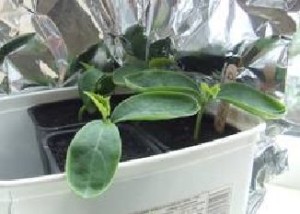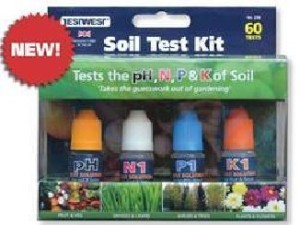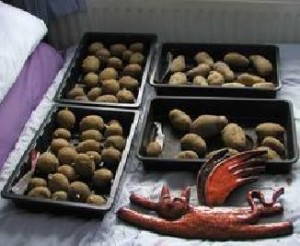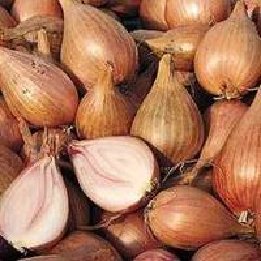Starting Seeds in Low Light
Even starting seeds off indoors or under heat in a greenhouse can be a bit tricky. The problem is lack of daylight hours. The days are getting longer but we’re quite a way off the spring equinox where day and night are equal length on March 20th. Lack of light results in leggy seedlings that never seem to do as well as their later planted sisters.
a greenhouse can be a bit tricky. The problem is lack of daylight hours. The days are getting longer but we’re quite a way off the spring equinox where day and night are equal length on March 20th. Lack of light results in leggy seedlings that never seem to do as well as their later planted sisters.
One trick to increase the amount of light to try and stop leggy seedlings is to put a mirror at the back of the propagator to reflect light back onto them. Some shiny kitchen foil stuck to cardboard makes a good cheap mirror. Just swap the seed tray around each day to stop them being drawn to the window.
Photo and article courtesy of allotment forum
Soil Testing
We all know that good soil leads to good crops. Plenty of humus from home-made composts and manure for structure is a good starting point but don’t ignore the acidity (pH) and major nutrients (N,P,K).
Plenty of humus from home-made composts and manure for structure is a good starting point but don’t ignore the acidity (pH) and major nutrients (N,P,K).
In some ways, acidity is the most important. A sour or acid soil blocks access to nutrients. It doesn’t matter how much food is in the soil if the plants can’t absorb it. Adding more fertiliser to sour soil is near pointless but lime will sweeten it and plants thrive again.
Often a soil isn’t just exhausted, it’s actually short of one specific element. It may have plenty of nitrogen available from manure but be short of potash (potassium) or phosphorus. Adding a fertiliser that is rich or purely the specific element missing is the most efficient way to correct this situation.
The only accurate way to find out what your soil’s acidity and nutrient levels are is to use a test kit. These are relatively cheap to buy and we’ve managed to get us a discount on a test kit from Two Wests – see below.
The tests are fairly easy to use but the important thing is to get the initial sampling right. If you have a three or four part rotation, treat each section as a separate plot. On each plot, imagine a large W. Take a sample from the 3 top points and 2 bottom points to give 5 in all.
The samples should be from about 10cm (4”) below the surface. Make sure your trowel is wiped between samples to avoid cross-contamination.
Once you know your soil, you can effectively improve it and, in turn, get much better crops. Not only more productive but more disease and pest resistant.
Soil Test Kit Offer – Save £2.00
This Soil Testing Kit is designed to let you test your soil for pH, phosphorus, nitrogen and potash. The kit includes sufficient chemicals for you to carry out approximately 50 tests and includes a unique filtering device for quick results.
you test your soil for pH, phosphorus, nitrogen and potash. The kit includes sufficient chemicals for you to carry out approximately 50 tests and includes a unique filtering device for quick results.
Just follow this link to Two Wests & Elliott web site and the discount should be applied automatically of use the code JHST at the checkout. Although you may find it cheaper elsewhere on the Internet.
Chitting Potatoes
If you’re chitting your potatoes in a shed or garage, watch out for very cold nights. If they get frosted at this stage your chances are pretty slim. I just pop a folded horticultural fleece on them in cold weather but if it’s really cold bring them indoors
watch out for very cold nights. If they get frosted at this stage your chances are pretty slim. I just pop a folded horticultural fleece on them in cold weather but if it’s really cold bring them indoors
Photo: Potatoes on the bed in the spare room.
Shallots
Another crop to get in as soon as the weather improves if you’ve not already done so is your shallots. One of the easy crops to grow, I think easier than onions, shallots have the advantage of storing for longer. Fleece is very useful for protecting them from pigeons who often pull them up when they start to shoot.
the weather improves if you’ve not already done so is your shallots. One of the easy crops to grow, I think easier than onions, shallots have the advantage of storing for longer. Fleece is very useful for protecting them from pigeons who often pull them up when they start to shoot.
